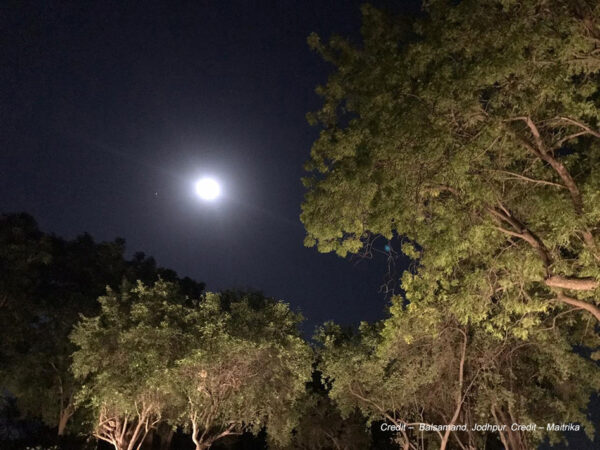What is the purpose of beauty? It makes me brave. It braces.
The sovereign and the devadasi, queen and ‘dev’dasi are both associated with divinity. It gives them license. They’re above and out of the system.
Dr. Angma D. Jhala on how palace women used the purdah to their advantage:
“In this way, women could see out (beyond the curtain or palace walls) yet not be seen by an external viewer. On one level, this could be seen as a subversive act, for women were able to see but not be seen. They were able to use their gaze (despite architectural or spatial limitations) to resist and in certain cases bypass patriarchal control or intervention within palace life. Thus, although traditionally sanctioned, the purdah gaze simultaneously allowed some zenana women to contest tradition and arguable to redefine it. This same gaze did not extend to the men (whether patriarchal elites or colonial administrators) who often did not have access to the interior spaces or social practices of the zenana” (Jhala 88) [emphasis, mine].
The purdah is a mystery device, keeping secret the whims and fancies of the one who wears the veil. Whether as an architectural screen or now sometimes seen as a veil or ‘ghoonghat’, it is almost always ‘beautiful’, like the jhaorkhas of mehrangarh or a mukaish sequined chiffon odhna donned by a bride in front of her in-laws. It is a subtle entrapment.
The king and the yogi are separate from the system, not by being at the edge but by being at its center. The king is the purveyor of the system and the yogi is as much part of the system, earlier as an advisor to the king and now as a mascot of the image of India. The secrecy for them is not preserved.
For the devadasi and the sovereign queen, there is still more secrecy till date; they have hidden histories that are now being unearthed as parallel commentaries about life in India and our identity today.
Ghatatva. The gaze; by veiling the face, it’s ‘isness’ becomes apparent. The ‘is’ is situated in the foundation, the shape of one’s nose, the color of an eye, that which is. The isness is a movement, like the blur behind purdah. A tremor of the atoms.
In ‘Health, Healing, and Beyond’, T.K.V. Desikachar writes that his father taught in way of ‘experienced language’ (10). He said, “The relationship between the word and its meaning is eternal, it is not a fabrication” (11).
NJ asked ‘is fiction a human need for the purpose of knowing being?’ The purdah is one such whimsical fiction.
A subtle cause of contemplation. Sankhya is the school of causality. The isness is within the is and the is within the isness. But for getting there we must borrow the wings of fiction.
‘Did my desire will the world or did the world come first?’ if the world came first I only knew it when I had the desire to rest my gaze upon it, to sing about it, to describe it, name it and hence bring it into existence.
The contemplative spectator: “to my mind, this growth of chauvinism and fundamentalism is a direct result of a progressive collapse between religion and philosophy. Today, Indian philosophy seems to be viewed as less empirical, discursive, or reflexive, since it has come to be so closely associated with religious doctrine or myth” NJ (Johar 321).
“Is fiction a human need to know I am?” “I feel ‘I am’ but I don’t ‘know’” word and body. The body is not the body and the word is not the word. This has been my utter confusion. And now I ‘feel’ I’m nearing the proximity of ‘knowing’. The body exceeds and the word suggests this excess.
Adhikaar. I don’t want adhikaar over my body but over the suggestive excess that can only be poetically established. This makes me sovereign. For really, what else is left?

